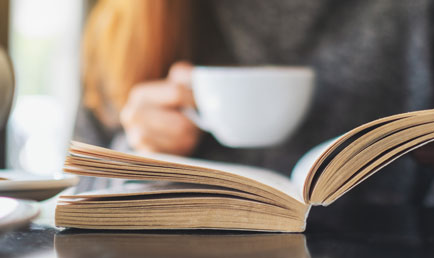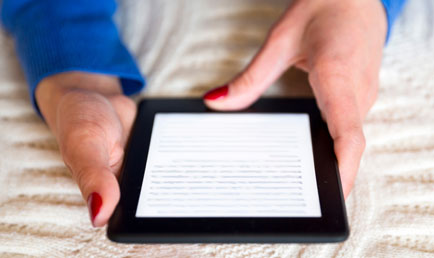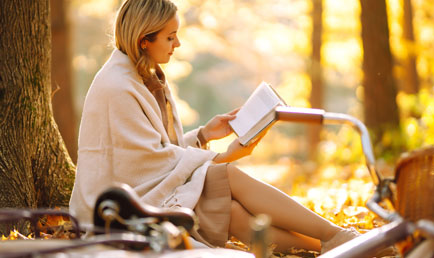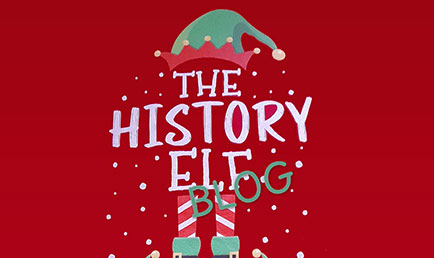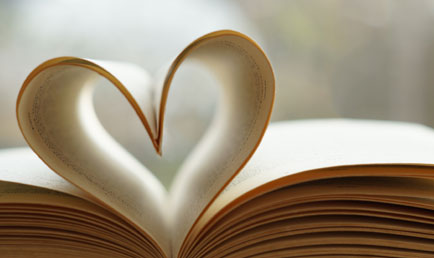I like a mug of black coffee to kick-start my heart and brain first thing in the morning, particularly if it’s a writing day! I can remember, from before hearing loss, loving the blues-rock anthem to black coffee, sung powerfully by Beth Hart –
Black coffee is my thing, it’s what I need. A hot black coffee is where it’s at…
The only trouble is, first thing in the morning, a cafetiere can be such a messy palaver. I need instant, but with more taste than instant.
Imagine my joy when I noticed coffee bags in the supermarket aisles. They are perfect for a BillyNoMates with a caffeine habit. No more fussing around. Coffee bags are expensive, but they are so convenient.
My unwavering gratitude goes out to Dr. Otto Schmerling, who developed the first prototype of a coffee bag in the 1950s and British entrepreneur Alan Adler who commercialised the concept in the 1970s. So why did it take until 2024 for me to find them in Tesco/Sainsburys/Waitrose? (and Aldi! I’m still waiting for your own brand to appear…). And finding them is quite a challenge. Coffee bags get so little shelf space, and it is always way above or below my eye level. Taylors of Harrogate, a Yorkshire company established in 1886, seems to be the main brand in the UK, and their packs often sell at a comparable price to the supermarkets’ own brands.
Most Brits are known for their love of tea, and I love strong tea too. However, when I entered the world of work in the 1970s, England had become just a bit cosmopolitan. Morning was when you had a coffee break and afternoon was the time for a tea break. This has stuck with me. Coffee until lunch, tea afterwards. But, enough of my history, what about BIG history? It could be argued that coffee has had more impact on Britain than tea. How so? Read on! First of all, let’s look briefly at the story of coffee.
Coffee originated in Ethiopia. Legend has it that a goatherd noticed his goats dancing after eating the red berries. Legend also claims that Sufi monks used it in medieval times to aid concentration in prayer. There were a few attempts to ban coffee, as it was a stimulant, but they failed. Most attempts to ban stimulants fail.
The word “coffee” has an Arabic root and entered the English language via Dutch in the 16th century. This is appropriate since it was Dutch merchant Pieter van den Broecke who “acquired” coffee bushes from Yemen and took them to Amsterdam in the early 17th century. The Dutch started to cultivate coffee as a crop in Java, Sri Lanka and Suriname.
My historical interest in coffee is the role of the coffee houses in mid-17th century England. It was believed to be a healthy drink, and for the Puritan elite it was probably regarded as a much better beverage than “small beer”, which was widely drunk because water was not safe. Oxford claims to have hosted the first coffee house in England in the early days of the English Republic (1650), but London quickly sprouted dozens of them from 1652 onwards. They became known as places where people could speak their minds on literary, scientific, philosophical, religious, commercial and political issues. Coffee was a genteel “think-drink”.
The coffee houses were clubs, but the entry fee was usually only a penny. They were attractive to the emerging middle class, and they were frequented by educated professionals, politicians and journalists.
Charles the Second decided that the political ideas being discussed in the coffee houses were subversive, and he tried to ban them in 1675. He failed. By the 18th century, there were thousands of coffee houses in England. They spawned publications, financial institutions and the occasional plot. We really ought to give coffee more credit for its role in our history.
Coffee has no cameo role in Heroes and Traitors. It’s too early. But look out for it in the sequel!
:
Photo: Pieter van den Broecke by Frans Hals. This portrait hangs in Kenwood House, an English Heritage property in Hampstead, London.
This piece was featured on BBC Upload 11/09/2025




